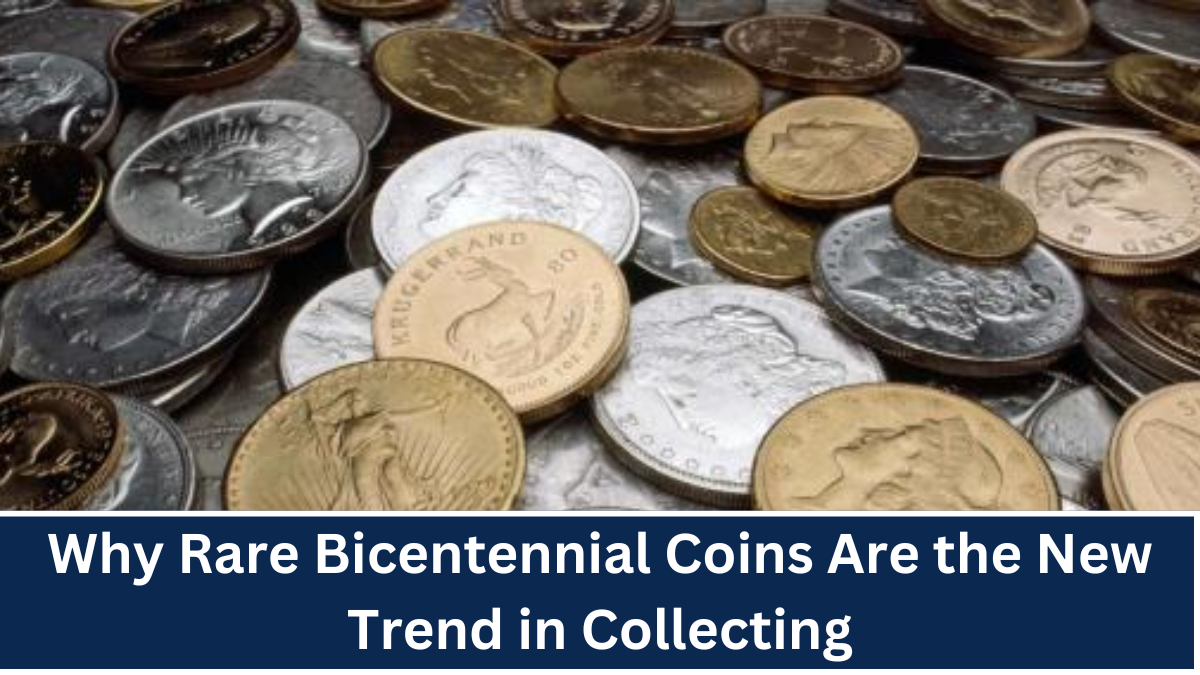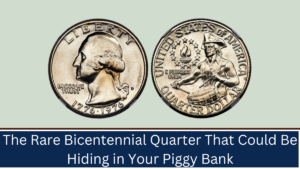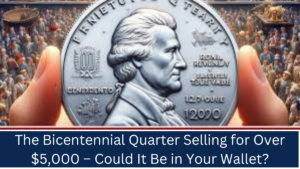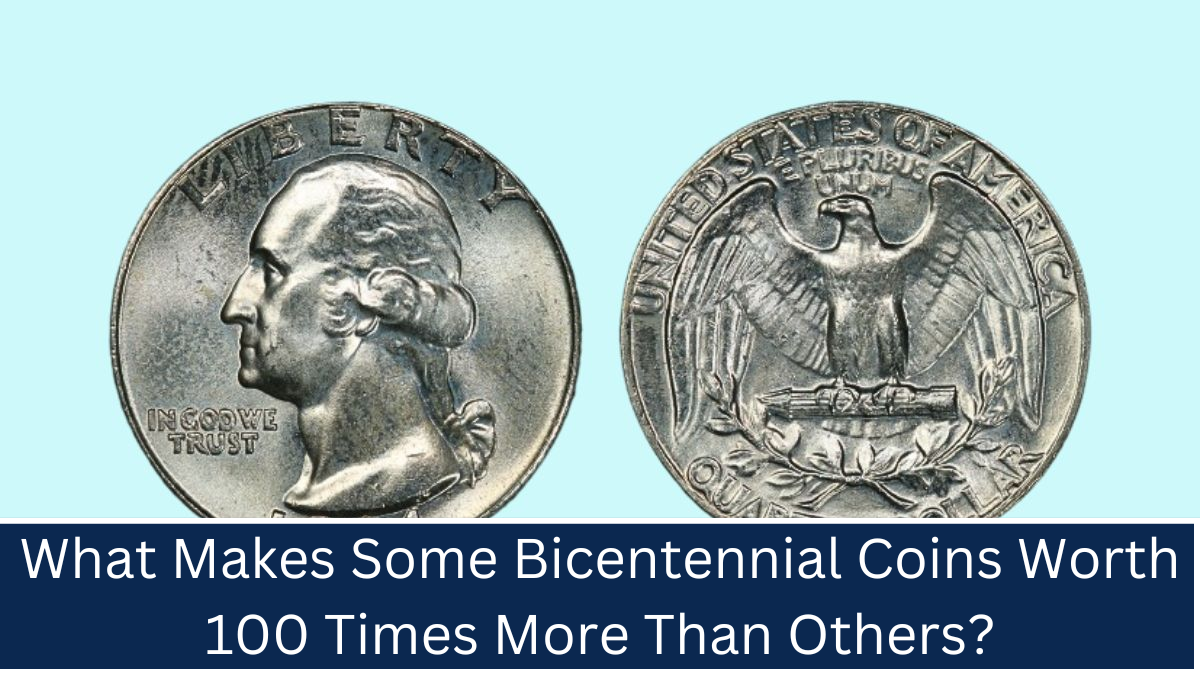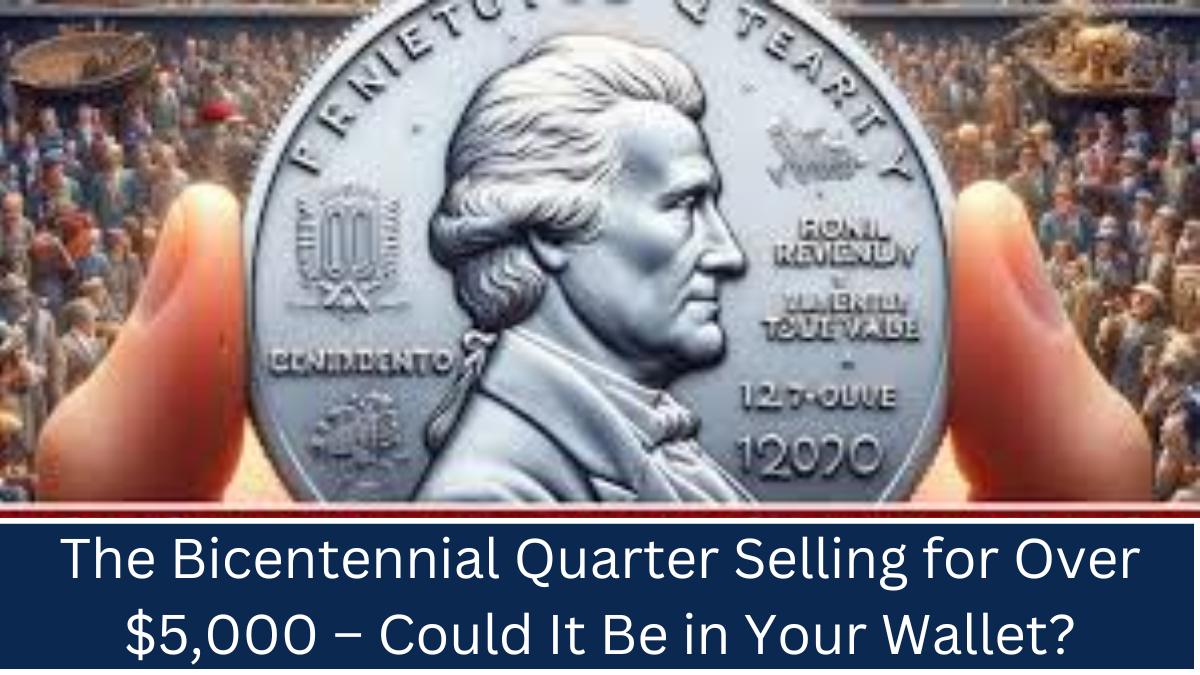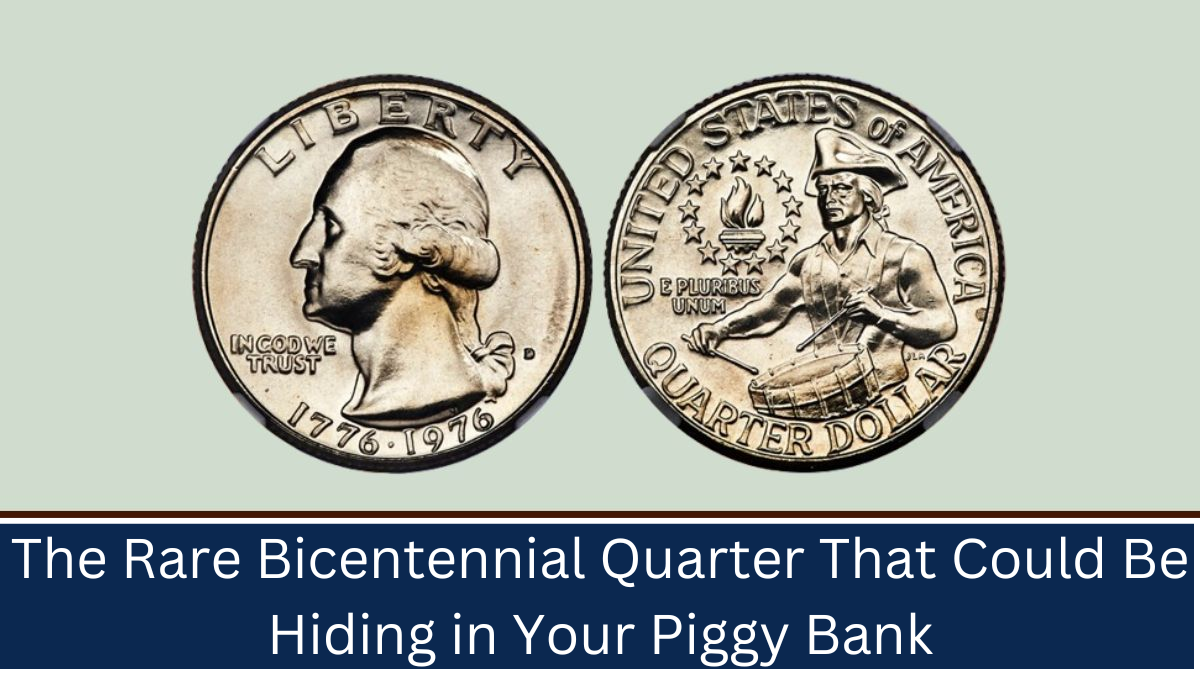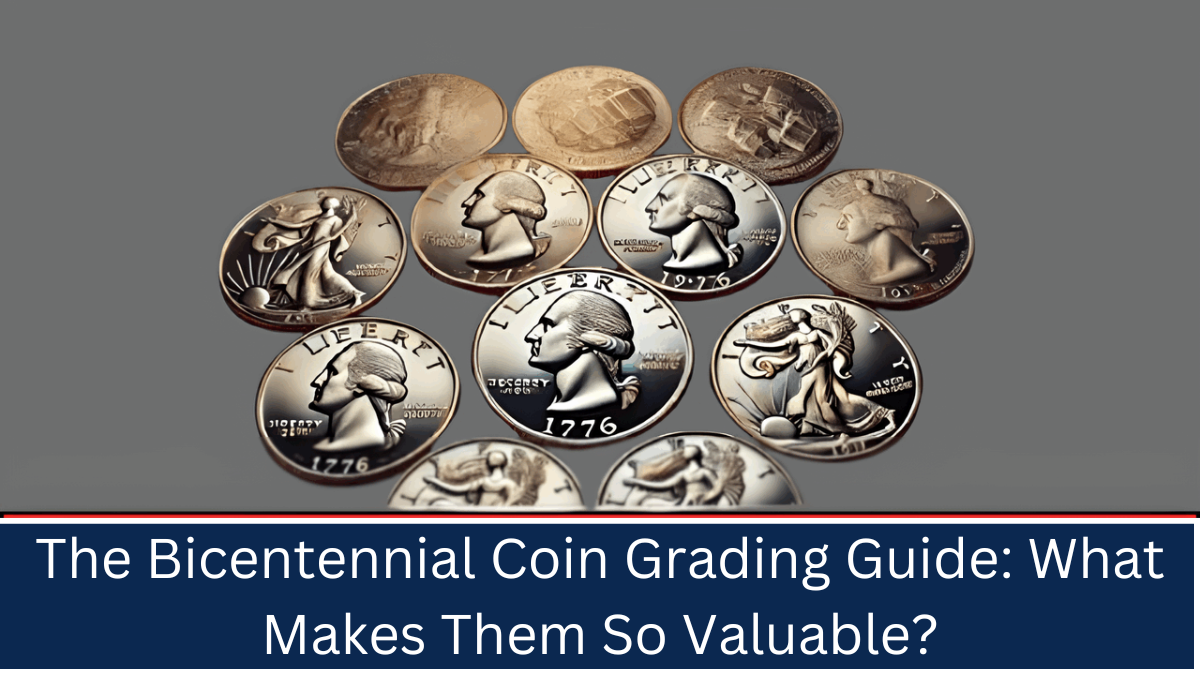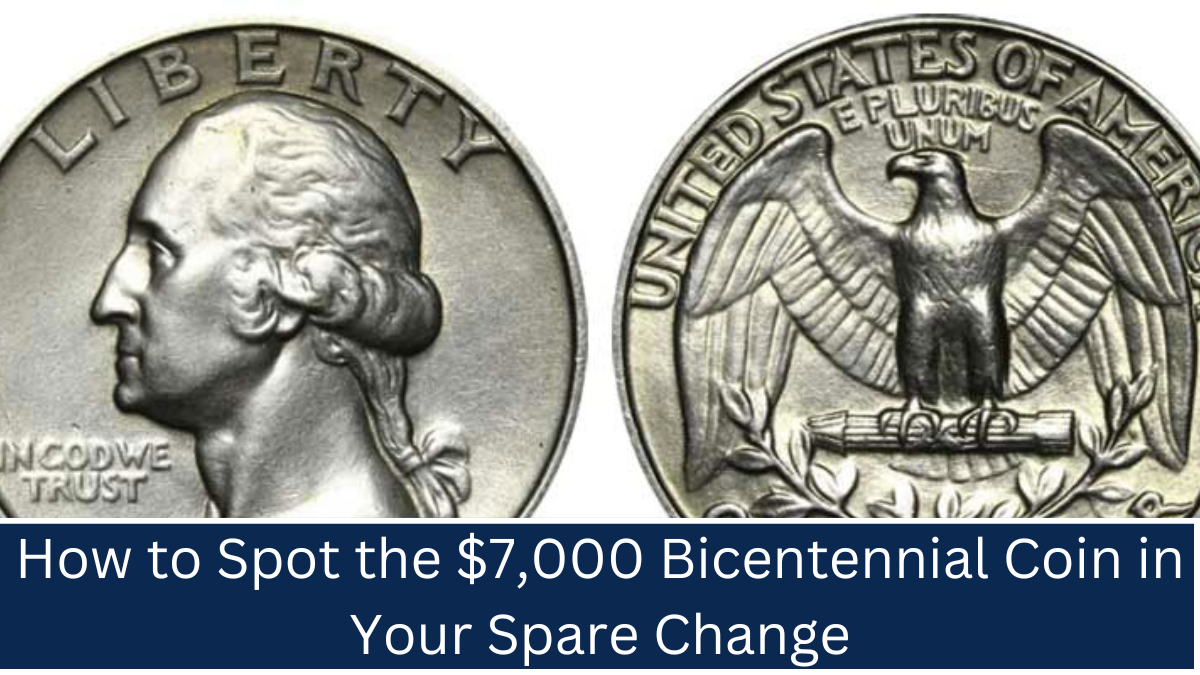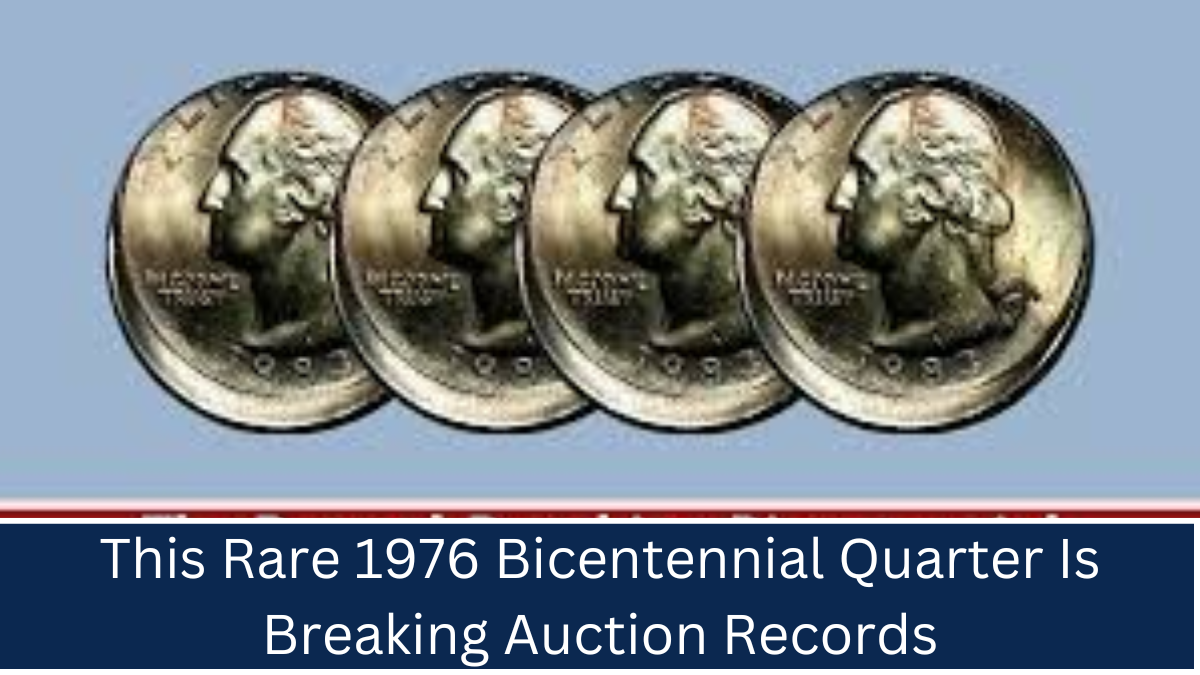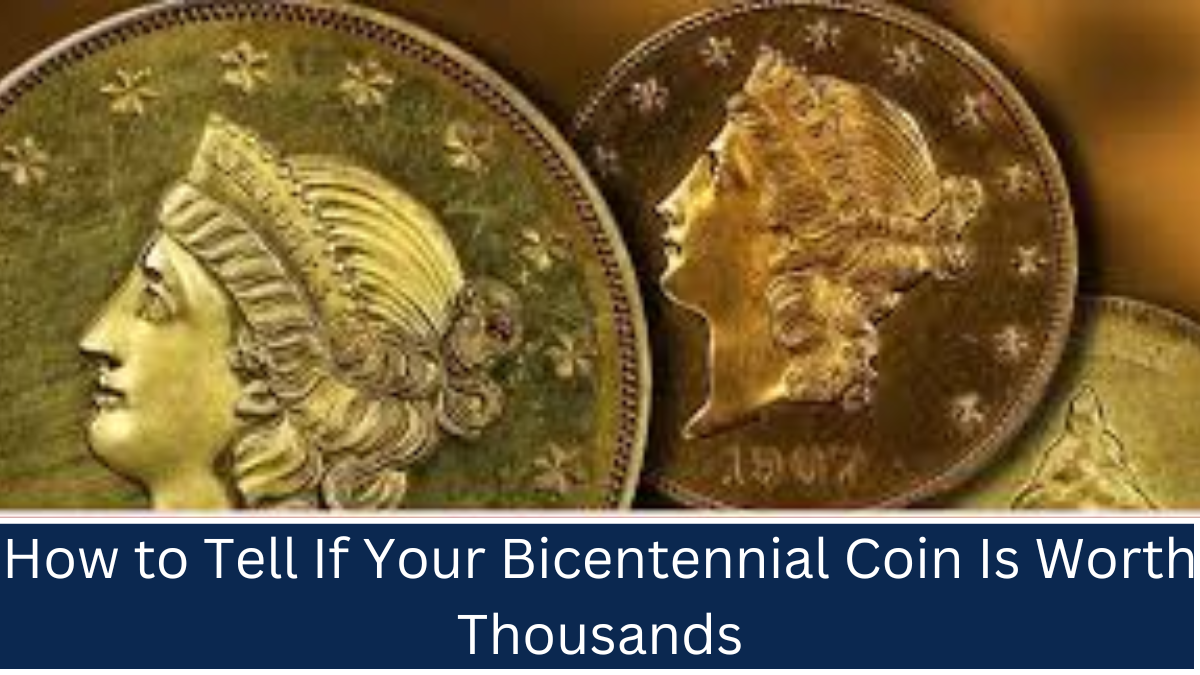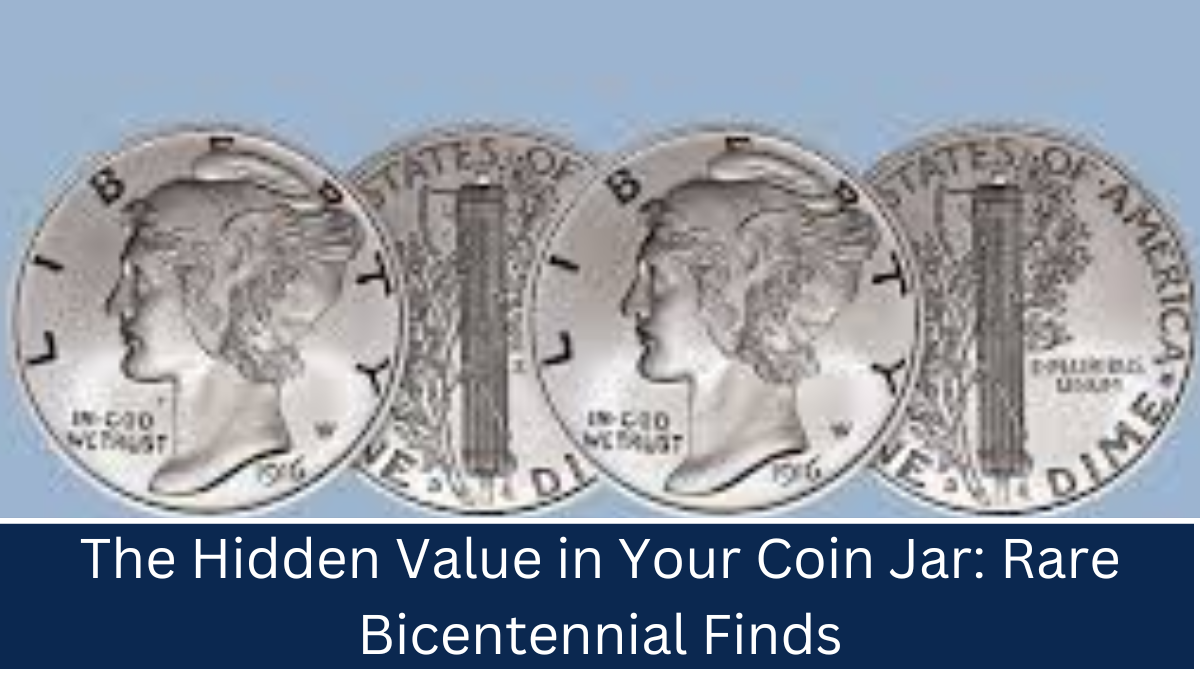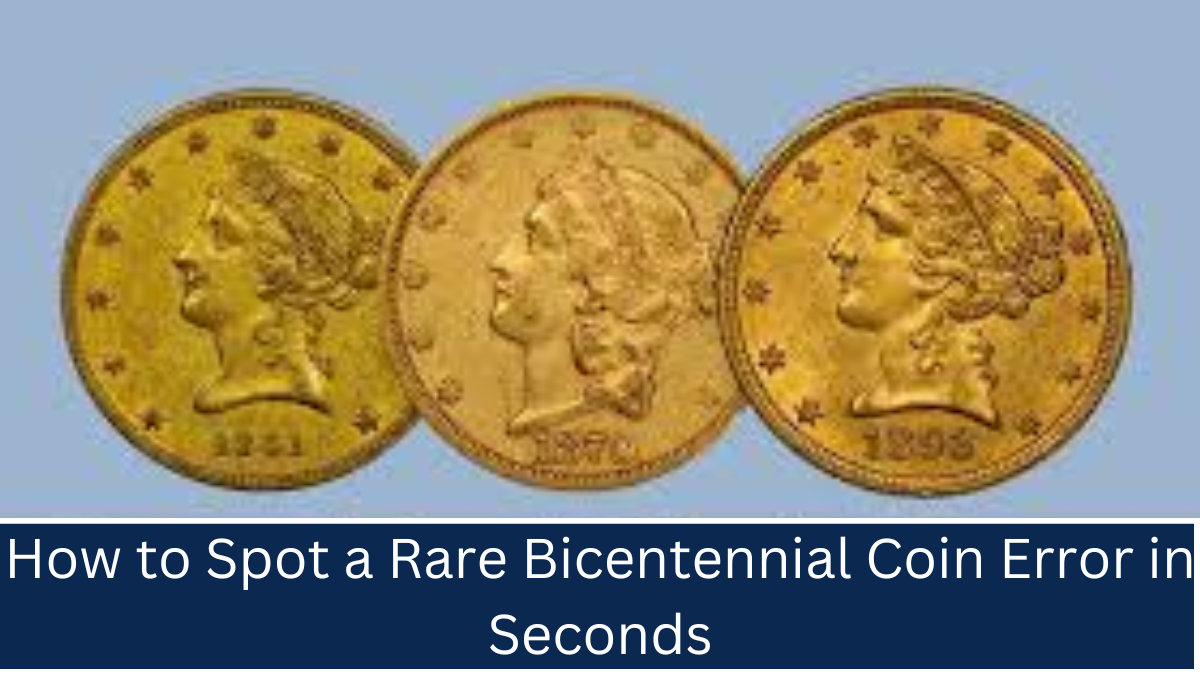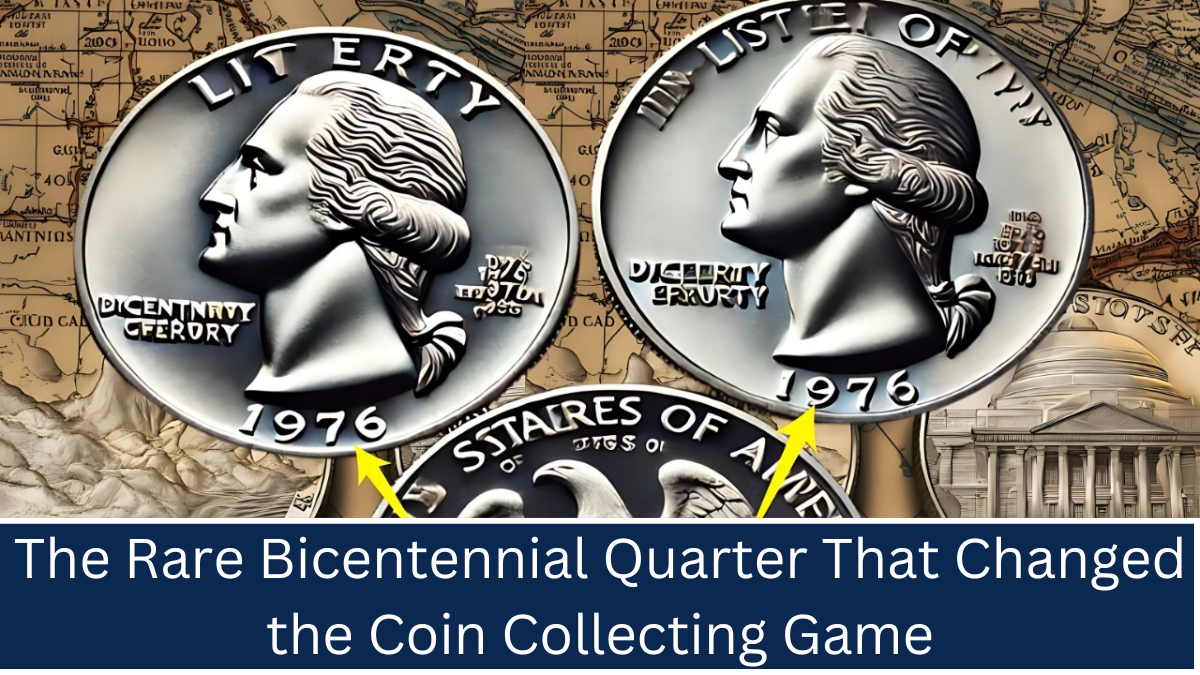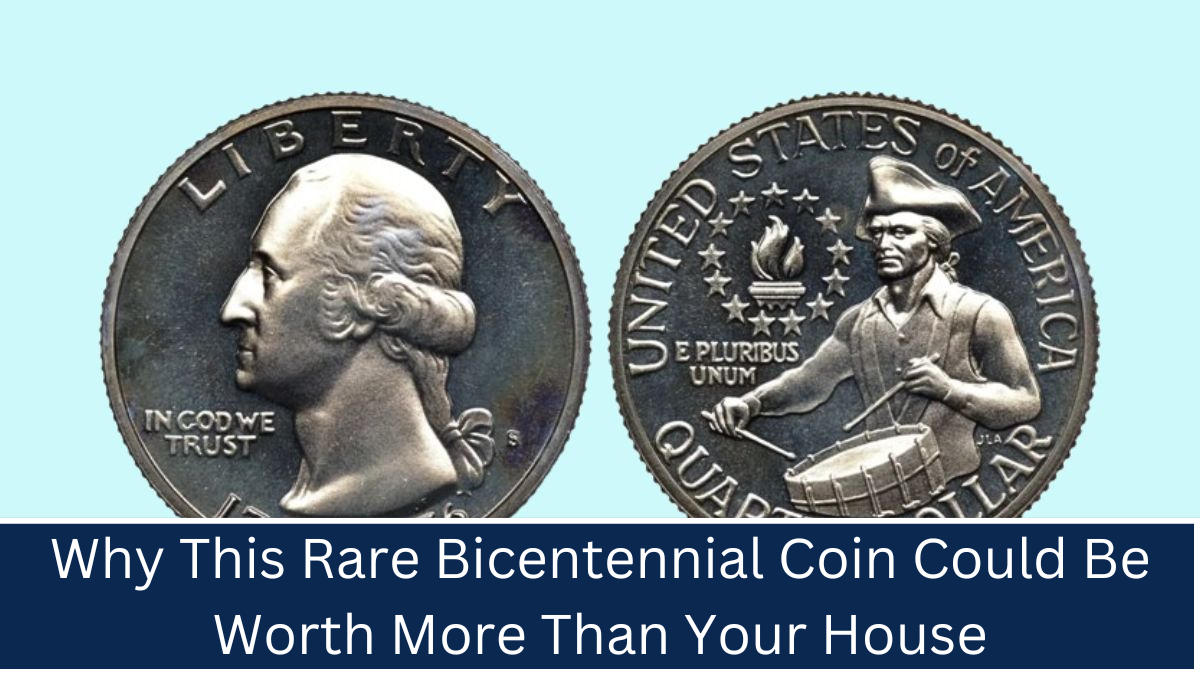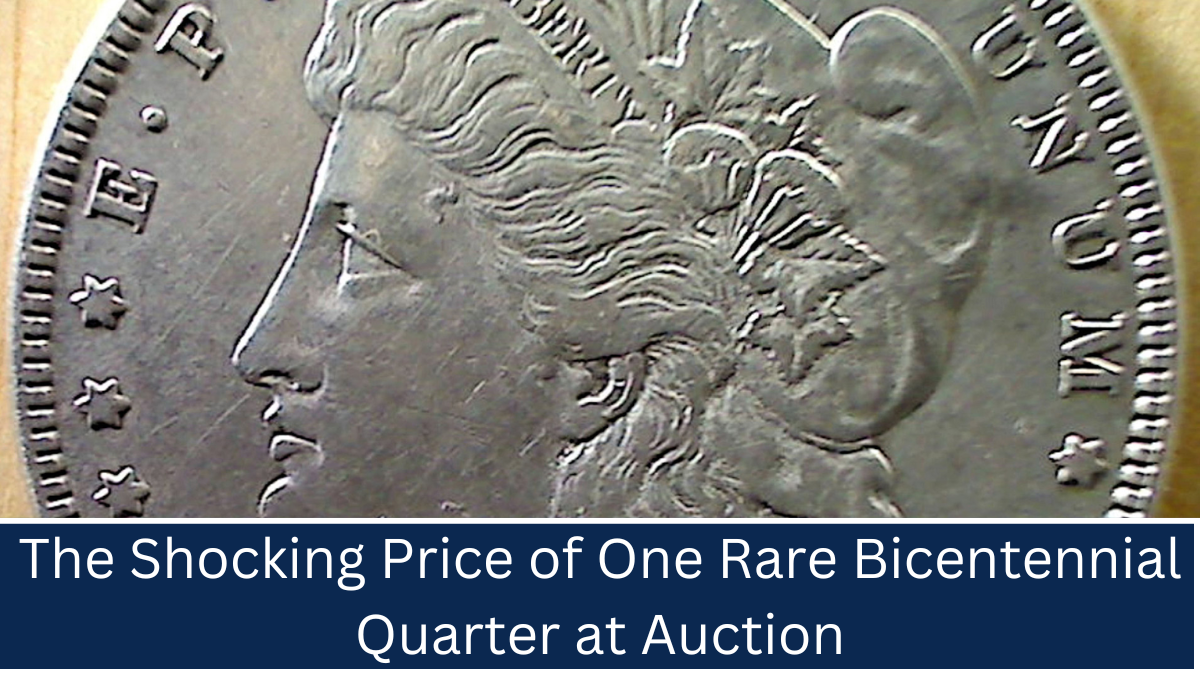In the ever-evolving world of coin collecting, trends are always shifting, and rare Bicentennial coins have emerged as one of the most sought-after collectibles in recent years. Originally minted in 1976 to commemorate the United States’ 200th anniversary, these coins—featuring unique designs like the Liberty Bell and the drummer boy—have become a symbol of American history and craftsmanship. However, what truly sets certain Bicentennial coins apart is their rarity, often found in circulation with minting errors or unexpected variations that make them incredibly valuable to collectors. From off-center strikes to double dies, these mistakes have elevated Bicentennial coins to a new level of desirability in the numismatic world. As the demand for these coins has surged, collectors are now eager to authenticate and acquire these rare treasures. But how can you ensure that the coin you’ve found is indeed the valuable rarity it appears to be? Understanding how rare Bicentennial coins are authenticated is crucial for anyone looking to dive into the world of collecting these exceptional pieces.
The 1976 Bicentennial Quarter
The 1976 Bicentennial Quarter features a revolutionary design by John Flanagan, showing a drummer boy—a symbol of American youth and spirit. Struck in copper-nickel, the quarter’s reverse features the Liberty Bell and an image of Independence Hall, creating a strong connection to America’s foundational history.
The 1976 Bicentennial Half Dollar
The 1976 Bicentennial Half Dollar combines the historic Liberty Bell with the moon, commemorating both America’s independence and the Apollo space program. This coin was struck in a special composition of copper-nickel and 40% silver, making it both collectible and historically significant.
The 1976 Bicentennial Eisenhower Dollar
The 1976 Bicentennial Eisenhower Dollar was part of a special release that featured President Dwight D. Eisenhower’s image on the obverse. The reverse depicted the Liberty Bell and the moon, and the coin was available in both copper-nickel and 40% silver versions, adding to its collectibility.
When it comes to rare Bicentennial coins, enthusiasts and collectors often find themselves drawn to the possibilities of uncovering an authentic error coin that can fetch substantial amounts at auction. Authentication is the key to ensuring that a coin’s true value is recognized. From expert analysis of the coin’s physical characteristics to advanced scientific methods, professionals can confirm the authenticity and rarity of these iconic coins. As the trend of collecting rare Bicentennial coins continues to grow, knowing how to properly authenticate these pieces is essential for those seeking to build a reputable collection or make informed investment decisions.
FAQs:
Q1: What makes rare Bicentennial coins different from regular Bicentennial coins?
A1: Rare Bicentennial coins often feature unique minting errors, such as off-center strikes, double dies, or misaligned designs. These anomalies make the coin more valuable and collectible compared to regular Bicentennial coins, which were struck without these variations.
Q2: How can I tell if my Bicentennial coin has a minting error?
A2: To identify a minting error, look for discrepancies like misaligned images, overlapping or blurry designs (double dies), or off-center strikes. These errors can be subtle, so it’s important to closely examine the coin or consult with a professional.
Q3: Are rare Bicentennial coins worth more than regular ones?
A3: Yes, rare Bicentennial coins with minting errors or unique variations can be worth significantly more than standard Bicentennial coins. The value depends on the rarity and severity of the error, as well as the coin’s overall condition.
Q4: Should I get my rare Bicentennial coin graded?
A4: It’s highly recommended to get rare Bicentennial coins graded by a professional service like PCGS or NGC. Grading not only confirms the coin’s authenticity but also provides a condition rating, which can greatly impact its value.
Q5: How can I authenticate a rare Bicentennial coin?
A5: Authentication can be done through visual inspection by experts, checking the coin’s weight and design quality, or using advanced methods like X-ray fluorescence (XRF) to test its metal composition. Professional grading services can also authenticate and grade the coin for you.
